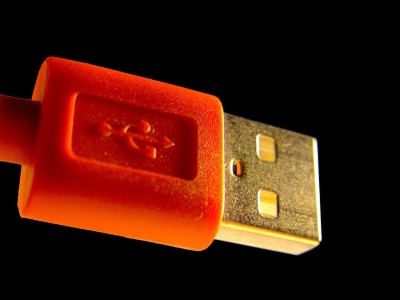In a world filled with constant distractions, noise-cancelling earplugs have emerged as a beacon of relief for those seeking peace and quiet. Whether you’re trying to concentrate in a bustling office, enjoy a restful night’s sleep, or simply escape the clamor of everyday life, these innovative devices offer a solution. With advancements in technology, the market has seen a surge in options, each promising to deliver superior sound isolation. Understanding the intricacies of how these earplugs work and their various applications can greatly enhance your experience.
The core technology behind noise-cancelling earplugs is active noise control. This involves the use of microphones that pick up external sounds and speakers that emit sound waves that are the exact opposite, effectively canceling out the noise. This phenomenon is known as destructive interference. It’s fascinating to note that the effectiveness of this technology can vary based on the frequency of the noise. Low-frequency sounds, like the hum of an airplane, are often easier to cancel than high-frequency sounds, such as human speech.
Different types of noise-cancelling earplugs cater to various needs and preferences. Passive noise-cancelling earplugs, for instance, use physical barriers to block sound. They are often made from materials like foam or silicone, which fit snugly in the ear canal. These are ideal for situations where active noise cancellation isn’t necessary or practical, such as during sleep or while studying in a quiet environment. On the other hand, active noise-cancelling earplugs are more suitable for louder environments, such as concerts or busy urban settings.
Comfort is a critical factor when choosing noise-cancelling earplugs. Many users find that a good fit is essential for both effectiveness and comfort. Earplugs that are too tight can cause discomfort, while those that are too loose may not provide adequate noise isolation. It’s advisable to try different sizes and styles to find the perfect match for your ears. Some brands even offer customizable options, allowing users to mold the earplugs to their unique ear shape.
Durability is another important consideration. Noise-cancelling earplugs can be an investment, so it’s essential to choose a pair that will withstand daily use. Many models are designed with robust materials that resist wear and tear. Additionally, some earplugs are waterproof or sweat-resistant, making them suitable for use during workouts or in humid conditions. Checking reviews and product specifications can help identify the most durable options on the market.
The versatility of noise-cancelling earplugs extends beyond just blocking out noise. Many models now come equipped with additional features, such as Bluetooth connectivity. This allows users to listen to music or take calls without the need for separate headphones. Some earplugs even offer ambient sound modes, enabling users to hear important sounds, like alarms or conversations, while still enjoying the benefits of noise cancellation. This multifunctionality makes them an attractive option for a wide range of activities.
For those who travel frequently, noise-cancelling earplugs can be a game-changer. Airplane cabins are notoriously noisy, and using earplugs can significantly enhance the travel experience. They can help reduce fatigue during long flights, allowing passengers to arrive at their destination feeling more refreshed. Additionally, they can be useful in hotels, where unfamiliar sounds can disrupt sleep. Packing a reliable pair of earplugs can be a simple yet effective travel hack.
Safety is also a crucial aspect when it comes to using noise-cancelling earplugs. While they are designed to block out unwanted noise, it’s important to remain aware of your surroundings, especially in public spaces. Some models allow users to adjust the level of noise cancellation, enabling a balance between isolation and awareness. This feature can be particularly beneficial for those who need to stay alert while commuting or exercising outdoors.
The environmental impact of disposable earplugs is another consideration for conscious consumers. Many traditional foam earplugs are single-use and contribute to waste. Fortunately, the market is shifting towards more sustainable options. Reusable silicone or custom-molded earplugs not only provide better comfort and fit but also reduce waste. Choosing eco-friendly products can make a significant difference in minimizing one’s carbon footprint.
As the demand for noise-cancelling earplugs continues to grow, so does the opportunity for further research and innovation. Future developments may focus on enhancing the effectiveness of noise cancellation across a broader range of frequencies or integrating smart technology for personalized sound management. Exploring the psychological effects of noise reduction on stress and productivity could also provide valuable insights.
In summary, noise-cancelling earplugs are a valuable tool for anyone seeking to reduce environmental noise and improve their quality of life. Their diverse applications, combined with advancements in technology, make them suitable for various scenarios, from travel to everyday use. As consumers become more aware of their options, the importance of comfort, durability, and sustainability will continue to shape the market. Future research should explore new technologies and their potential benefits, ensuring that noise-cancelling solutions evolve to meet the needs of all users.

